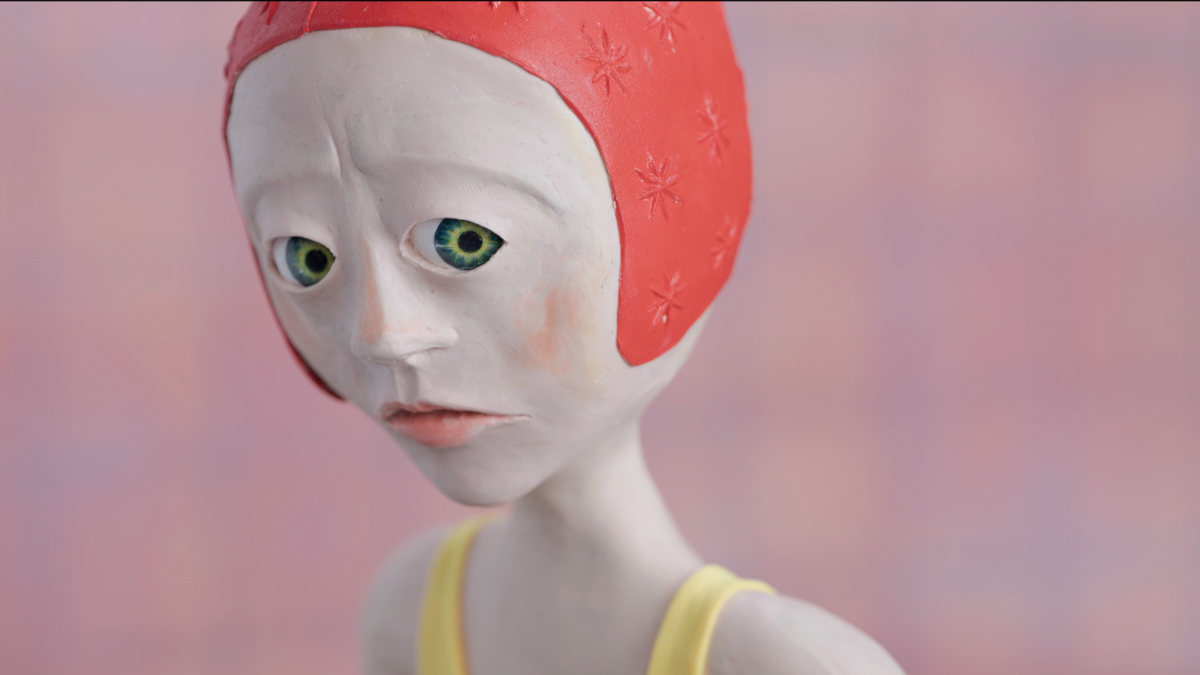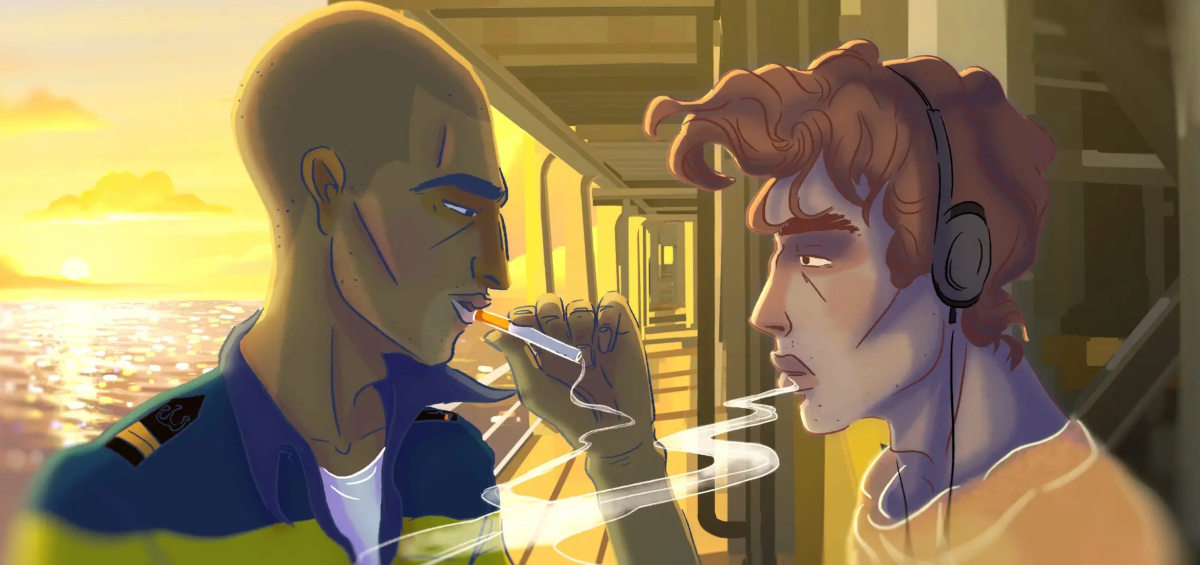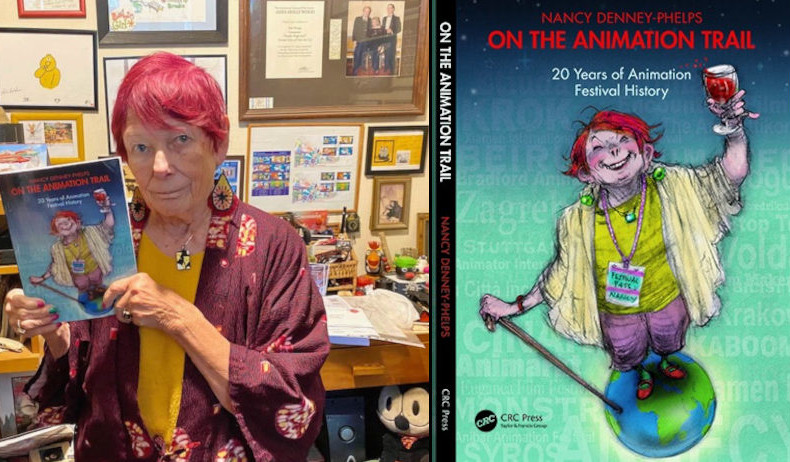Independent Animation Shorts
All Barry Purves Films, Ranked (Top Animation Directors)
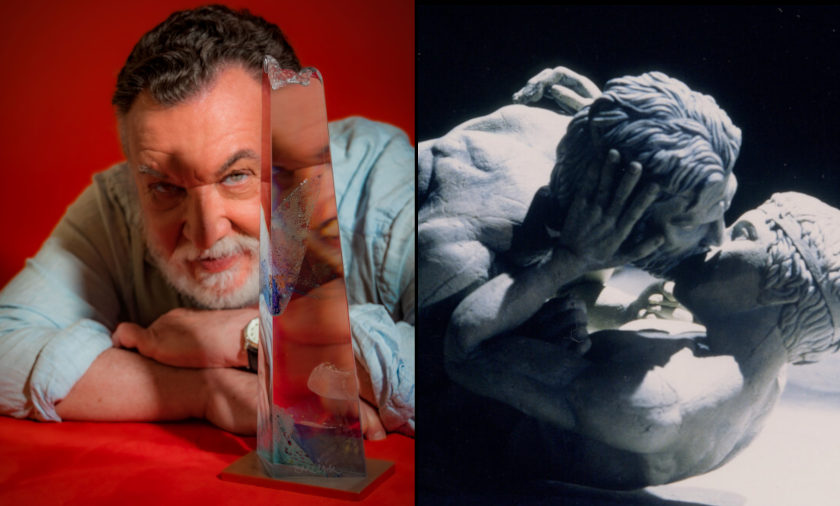
Oscar-nominated and BAFTA-nominated UK stop-motion animation director Barry Purves has crafted a career that encompasses 5 decades while continuing to the next one. Recently awarded with the Annecy Festival Cristal for his whole career oeuvre, which exhibits a mix of operatic, stage-prone, and queer elements in perfect stop-motion harmony, his trademark is a highly visceral puppet sensation. One that uncompromisingly leads its main characters mostly to their bitter ends.
We rank and review all of his 9 independent short films (excluding his TV series, such as the 80s stop-motion breakout 'The Wind in the Willows', and theatrical work, which is as outstanding - but be sure to check out his personal page). Most of his films during the 90s were in co-production with Channel 4 (Next, Screenplay, Rigoletto, Achilles, Gilbert & Sullivan), while BBC (Hamilton Mattress), Dark Prince and ARTE (Plume), Studio M.I.R. (Tchaikovsky), and Loose Moose Productions (No Ordinary Joe) account for the rest of his films.
All Barry Purves' films, ranked:
9. Gilbert and Sullivan: The Very Models (1998)

The most 'British' of Barry Purves works, and a fictional rearrangement of the relationship between 19th-century dramatist W.S. Gilbert and the composer Arthur Sullivan, both of which would have liked to be remembered about something other than their comic operas -eloquently discussed in the film as well. Their agent Richard D’Oyly Carte is their negotiator here, and the three puppets have a delightfully grumpy time in an almost bare-stage setting. Here the opera staccato singing goes hand in hand with the puppets' restless movements. It is a marriage of talent and money.
8. Tchaikovsky. An Elegy (2011)
The troubled personal story of Pyotr Ilyich Tchaikovsky gets its own stop-motion treatment via his own letters. Voiced by Purves himself, and with projected images showcasing the famous composer's life trajectory, we still cannot get our attention from the fingers that ceaselessly move; playing the piano and commanding the action at the same time. The sole puppet is put in a framework (a painter's frame), and a theatrical screen. Queer undertones are here carefully and repeatedly shown, but never told. After all, it's music that may (or may not) provide salvation. The 'elegy' title part is appropriate in this moody, blue-tinged film whose ambient atmosphere recreates a pathos now reduced to the red of the roses.
7. Hamilton Mattress (2001)
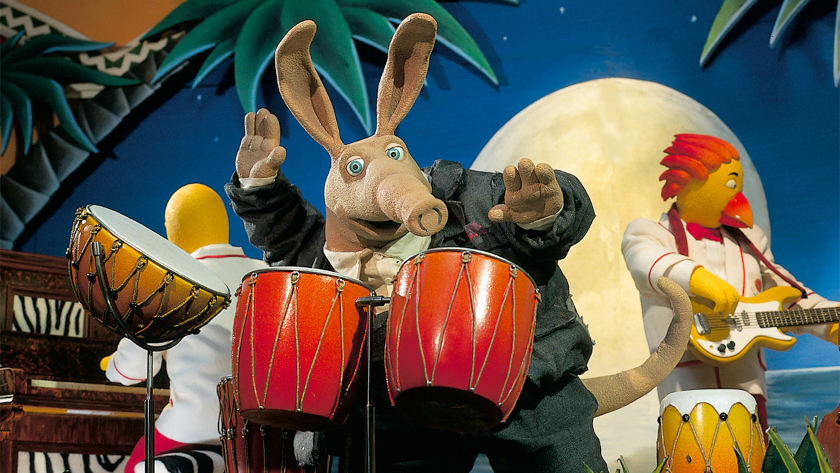
The more glamorous and glitzy answer to Nick Park's 'The Wrong Trousers' (1993), 'Hamilton Mattress' is the 'I wanna be a contender' version for an aardvark with nothing serious in life apart from his drummer talent and a yearning for a pair of trousers. Purves re-creates a whole r&b soulful 'Beak City', and the music here is as energetic as the camera and puppet movements (all of which puppets point to the Hollywood allure in a small Mafia-like setting). The film's ostensible message is one of 'looks don't make the person' (writers: Anna Farthing - John Webster), and Purves makes sure that the looks can become an extravaganza in its own right -before the film's musical uplifting ending.
6. No Ordinary Joe (2021)
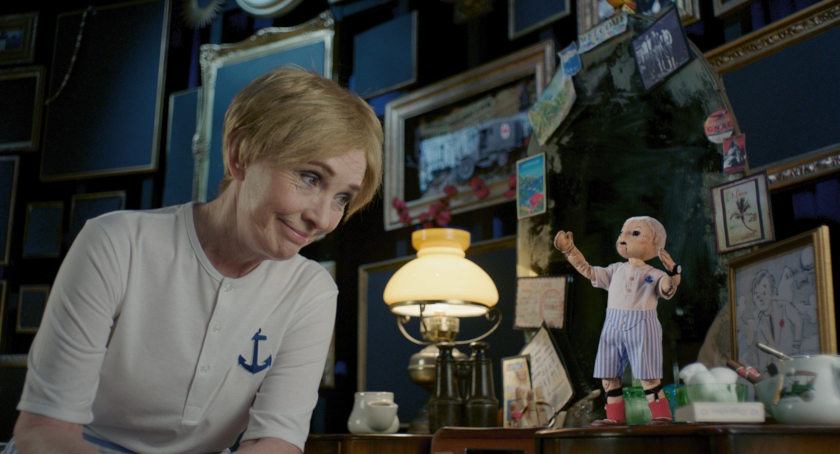
This little-seen film, a hybrid of live-action and stop-motion, is a fictionalized (but not unfaithful) account of famous British powerboat racer and lesbian Marion Barbara 'Joe' Carstairs (1900-93), and her lifelong doll, 'Lord Tod Wadley'. Filmed backstage of a performance, the 15-minute short is a poignant two-person hander of a mature person's identity crisis. Carstairs'many achievements in 'standing out' are thrown back at her (an exquisitely expressive Lindsay Duncan), while the puppet Lord Tod Wadley (her puppet ego) offers both consolation and context. Less extravagant in its movement (the dialogue here takes precedence), but still a little queer gem of a film that deals with fame, loneliness, and everything that fades in old age -except for the puppet.
5. Next (1989)

Its subheading is 'The Infinite Variety Show'; and 37 Shakespearean stories in 5 minutes do approach the infinite after all. In his favorite theater space (but in the context of William Shakespeare auditioned by Peter Hall), Purves plays innovatively, and relentlessly with his puppets as both a secure master builder and a prop provider. At the same time, using both the meta-space of the present judging the past, it makes its subject as insecure as ever before the auditioning party. You don't need the full references to be delighted, and you can always concur that love, torture, and death make up for a fine theatrical spectacle. The epitome of short animated filmmaking.
4. Plume (2011)

Fall, destruction, and redemption take turns in this archetype-tailored silent soliloquy of one man with feathers. Birds are a standard companion in Purves' filmography, yet here we deal with a very masculine man simply clothed with the feathers of self-determination (only to be unclothed and get stripped of those). Purves enjoys plasticity in movement, yet here the battle between the man and the creature reaches almost the proportion of the cannibalistic ritual of Sebastian Venable in Tennessee Williams' 'Suddenly Last Summer'. Unforgivingly visceral (but also queerly sensual), it denotes a battle that needs to be won in completely different terms -not up in the air or the ground, but at sea. 'Plume' is more than traumatic, it is existential.
3. Screenplay (1992)
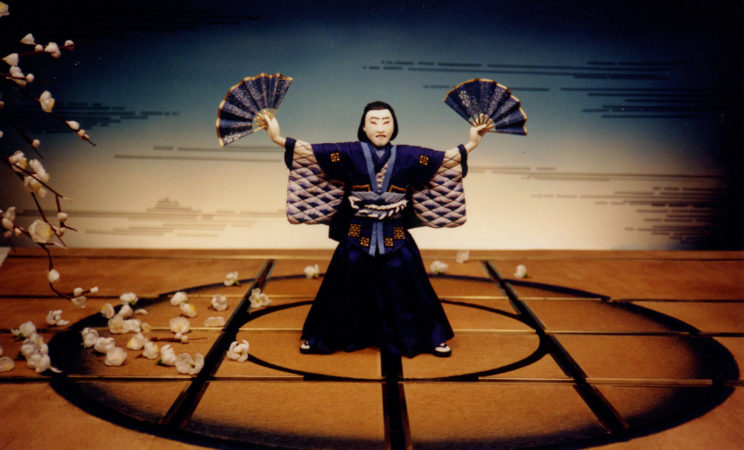
A film divided in two; Eastern and Western tropes alternate in the story of doomed lovers, Takako and Naoki. Once more, projected sets circumscribe the action; the first (Kabuki) part, with its rotating sets and puppets, brings a distanced, long-shot, one-take staged view of the main characters - the everpresent sign-language narrator, eager to please the audience with a story of forbidden love. The second part, with its close-ups and dynamic edit, brings violence that looks as real and unexpected (and as tragic) as can be. Using the motif of the unreliable narrator, Purves here constructs carefully a universe in which moral justice is conspicuously absent. It is more of a cry for help, yet framed at the same time as an artificial and code-rich text to be interpreted.
2. Rigoletto (1993)

The retelling of Verdi's classical opera in 29 minutes of stop-motion puppet time, and a marvel of production design. Here grand drama again uses symbols (bird masks), and a directorial dexterity in narrating a story that itself nothing short of breathtaking. Purves here creates a Fellinesque, Casanovian environment for the main characters, with the main character, Rigoletto, becoming the tragic object of his own foolishness. Debauchery and lack of honest affection are here the marks of upper-class society, and men constantly deceive. The Escher-like landscape prohibits any exits, and the amount of puppets to be handled here is simply exhausting to look at -let alone animate. Opera is not a subject matter that everyone would easily identify with, yet Purves makes it tangible, dramatic and personal -and head-on.
1. Achilles (1995)

A masterpiece in lighting, shot composition, and puppet sculpting. Achilles' puppets breathe like love-infected human beings, in a film in which the realism of the queer desire is again accompanied by a staging that eventually determines the lovers' fate. 'The love undeclared' of the beginning (compare with 'the love that dare not speak its name') here comes to support a sculpted masculinity, and this in turn gives a voice to a gay love among the ruins of war. Achilles is not the undeniable moral hero or sufferer in Purves' film (he uses his own vestiges of power toward the weak one); yet he's the one that needs to know what it is not to be in power, be vulnerable and succumb to the powers that be. A classic.
(central image: Barry Purves with the honorary Annecy Cristal 2023 (c) ANNECY FESTIVAL/F. Murarotto / Achilles, Barry Purves)
Vassilis Kroustallis




